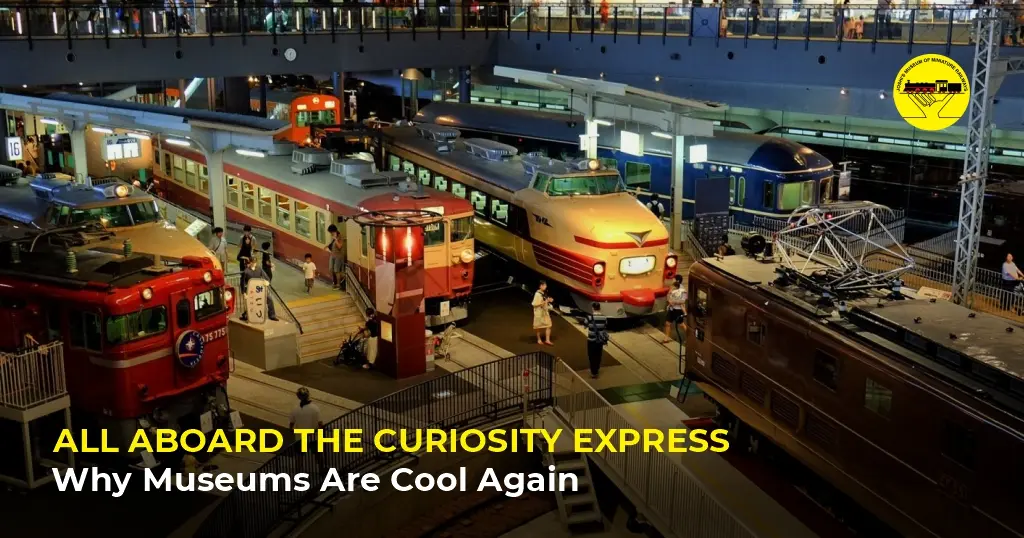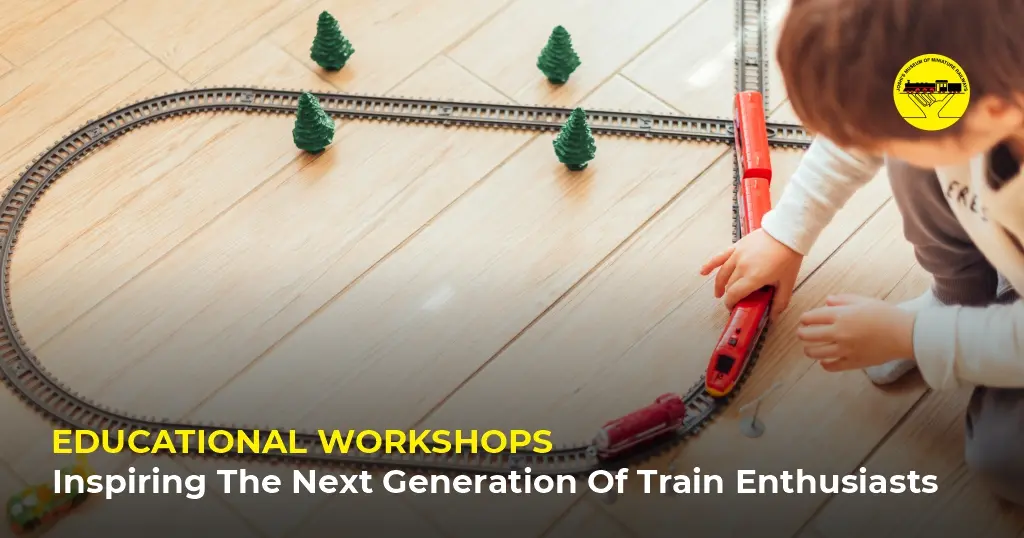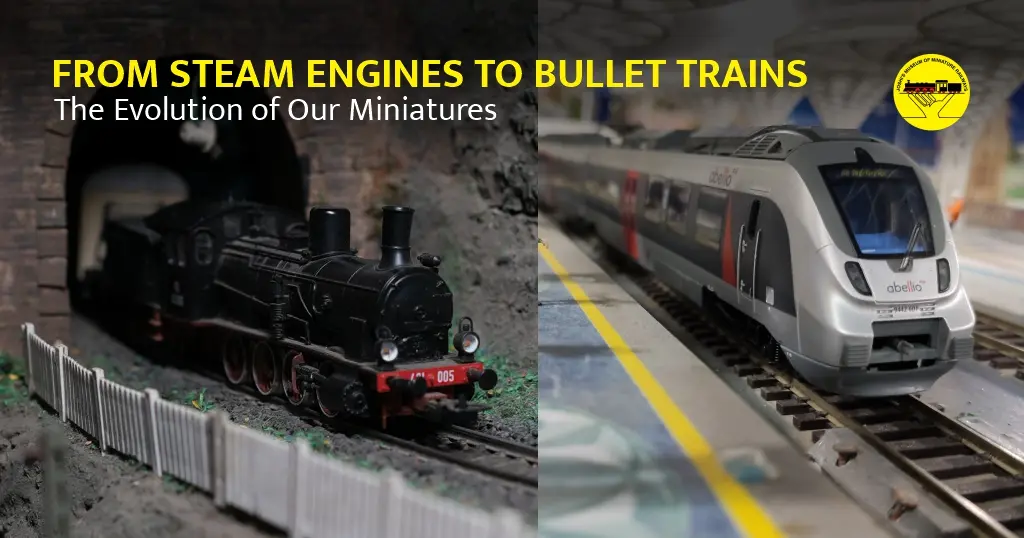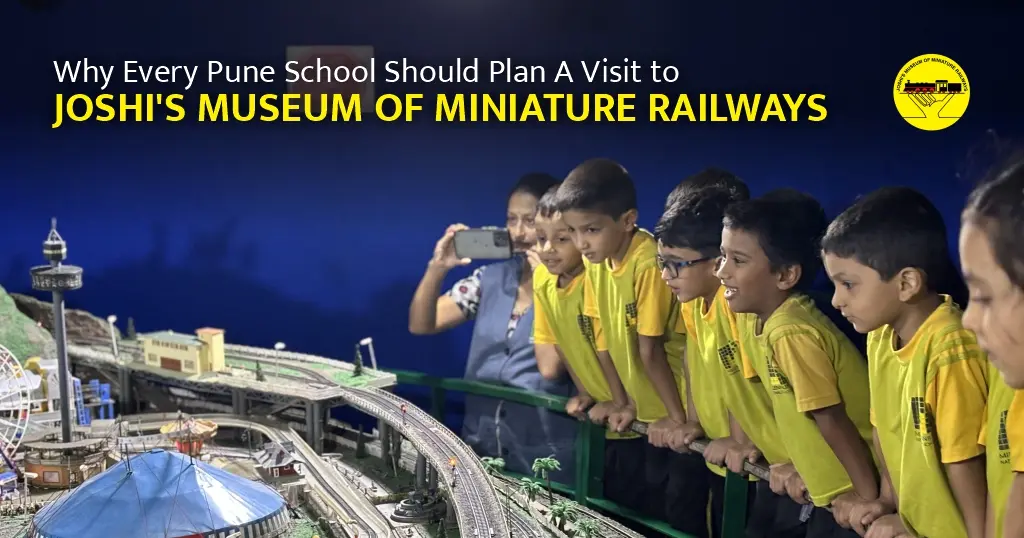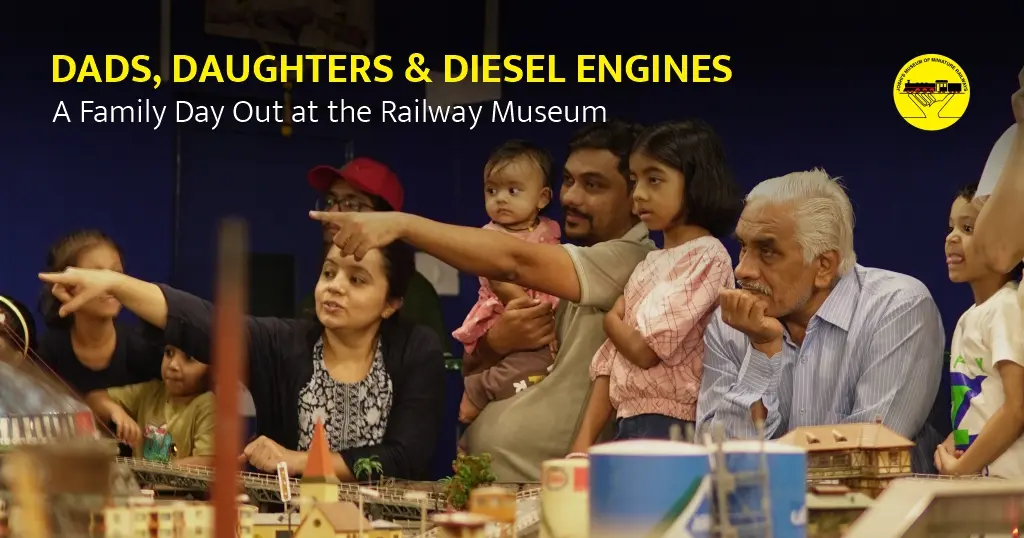All aboard! 🚂 Whether you’re a curious child, a parent looking for educational fun, or a teacher trying to introduce the exciting world of trains to young minds — you’ve just stepped onto the right platform.
Trains have fascinated generations — from wooden engines pulled across the floor to real-life locomotives racing through the countryside. They’re loud, they’re fast, and they carry stories of travel, discovery, and engineering marvels. But did you know trains also have their own alphabet?
Let’s take a ride on the ABC of Trains — a kid-friendly journey through the amazing world of locomotives, tracks, stations, and signals. Buckle up (or in this case, toot the horn) and let’s go!
A – A is for All Aboard!
This is how every good train journey begins. “All Aboard!” is the conductor’s way of saying it’s time to hop on the train and get going. For little ones, it’s a fun phrase to shout before a toy train starts its journey around the living room floor.
B – B is for Bogie
A bogie is the wheeled frame that supports the train car. Think of it like the shoes of the train — they help it move smoothly on the tracks.
C – C is for Conductor
The conductor is the friendly person in charge of the train. They check tickets, help passengers, and sometimes even give the go-ahead to start the train. In toy train play, kids often love pretending to be the conductor!
D – D is for Diesel Engine
Diesel engines are powerful locomotives that replaced steam engines in many parts of the world. They run on diesel fuel and are known for their strength and rumbling sound.
E – E is for Engine
The engine is the heart of the train — it pulls all the other cars along the track. In many cases, it’s the most exciting part for children to watch, especially when it makes a loud horn or puffs out steam.
F – F is for Freight Train
Not all trains carry people. Freight trains are designed to transport goods like cars, coal, or even food. They’re usually very long and heavy.
G – G is for Gauge
Gauge refers to the distance between the two rails on the track. Some trains use narrow gauge tracks, while others use wider ones — especially in mountainous or rural areas.
H – H is for Horn
Who doesn’t love the loud HONK of a train horn? It’s not just fun — it’s an important signal that tells people the train is coming, especially at crossings.
I – I is for Indian Railways
Indian Railways is one of the biggest railway networks in the world. Millions of people travel every day on trains in India — it’s truly the lifeline of the country!
J – J is for Junction
A junction is where two or more railway lines meet. It’s like a crossroads for trains. Major railway junctions are always buzzing with activity and movement.
K – K is for Kids’ Train Sets
From wooden Thomas tracks to electric mini trains, kids’ train sets are not just fun — they also teach problem-solving, coordination, and storytelling. Some sets even come with tracks that you can design yourself!
L – L is for Locomotive
Another word for the engine or front part of the train that pulls the rest. Locomotives can be powered by steam, diesel, or electricity.
M – M is for Metro
Metro trains run in big cities and help people get to school, work, or the market quickly. They’re sleek, fast, and often run underground or on elevated tracks.
N – N is for Narrow Gauge
Some trains, especially mountain trains like the ones in Darjeeling or Ooty, run on narrow gauge tracks. These are smaller and help the train twist and turn through hills and valleys.
O – O is for Overhead Wire
Electric trains run using power from overhead wires. These wires hang above the train and deliver electricity to make the train move without polluting the air.
P – P is for Platform
Platforms are where passengers stand and wait for the train. It’s also where you wave goodbye or welcome someone back with a hug.
Q – Q is for Queue
Waiting in a queue (or line) is part of the train experience. Whether you’re buying a ticket or boarding, trains teach kids the value of patience and taking turns.
R – R is for Railway Tracks
Railway tracks are the special roads trains ride on. They’re made of steel rails and wooden or concrete sleepers to hold everything in place.
S – S is for Signal
Train signals help control traffic on the tracks. Red means stop, green means go — just like road signals. Train operators watch these carefully to avoid accidents.
T – T is for Toy Train
Toy trains aren’t just playthings. They help kids develop imagination, motor skills, and even basic engineering thinking. India’s famous toy trains — like the ones in Shimla and Matheran — are real miniature trains that run on mountain tracks.
U – U is for Underground Rail
Many big cities have underground trains — also called subways or metros. They beat the traffic and move thousands of people every day.
V – V is for Viaduct
A viaduct is a long bridge that helps trains cross valleys, rivers, or roads. Some of them are engineering marvels and look stunning from afar.
W – W is for Wagon
A wagon is one of the cars attached to a train. It can carry people, animals, or goods — depending on the type of train.
X – X is for X-ing (Crossing)
Level crossings are where train tracks and roads meet. Trains blow their horn here and gates go down to keep cars and people safe while the train passes.
Y – Y is for Yard
A rail yard is like a parking lot for trains. It’s where trains rest, get cleaned, or are prepared for their next trip.
Z – Z is for Zoom
The sound of a fast train zooming past is unforgettable. It rushes by in a blur of color and motion — exciting for kids and adults alike!
Why This ABC Matters
By exploring trains through the alphabet, kids not only learn about language and literacy but also about transport, geography, science, and everyday life. It turns a familiar subject into an exciting learning opportunity. For parents and teachers, this approach is both fun and educational — combining phonics with real-world concepts.
Teachers can use this blog as a classroom activity — assigning each student a letter and asking them to draw, write, or present their own “train alphabet.” Parents can turn it into a bedtime storytelling game — “What happens at J for Junction?” or “Can you build an M for Metro at home with your toy tracks?”
Final Stop: A Lifelong Love of Learning
The world of trains is more than just tracks and stations. It’s about journeys, discovery, and curiosity. When children learn through trains, they also learn to ask questions, notice details, and build stories. It’s a hands-on, minds-on experience that blends fun with fundamentals.
So next time your child says “toot toot!” and pushes their toy train across the floor, remember — they’re not just playing. They’re building vocabulary, science knowledge, creativity, and maybe even the next great railway adventure in their imagination.


